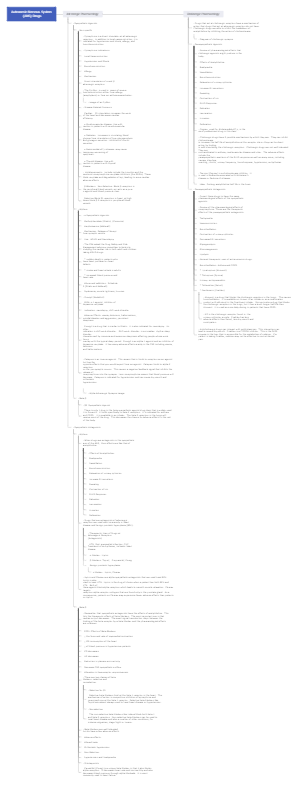MindMap Gallery Giant Covalent Bonding
Giant Covalent Bonding
This mindmap is about Giant covalent bonding. It has mapped out information on the allotrpoic forms of carbon, examples of them and some fun facts based off the newly discovered 'buckyballs'. Come to Edrawmind to find more mindmaps.
Edited at 2022-07-08 15:37:01Giant Covalent Bonding
- Recommended to you
- Outline









